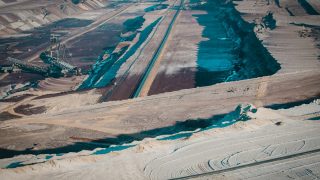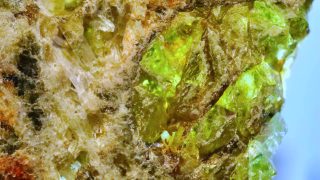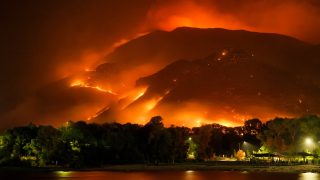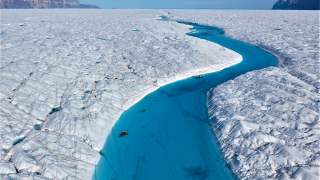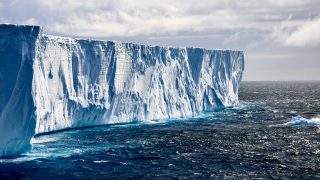
Melting ice sheets can lower local sea levels
Imagine you’re standing near the edge of the Antarctic Ice Sheet, gazing out over the ocean, when the ice near you starts to melt very rapidly. A surge of meltwater flows into the ocean. Surprisingly, you watch the sea level fall – not rise. But why? When we think of sea level rise, we picture […]
